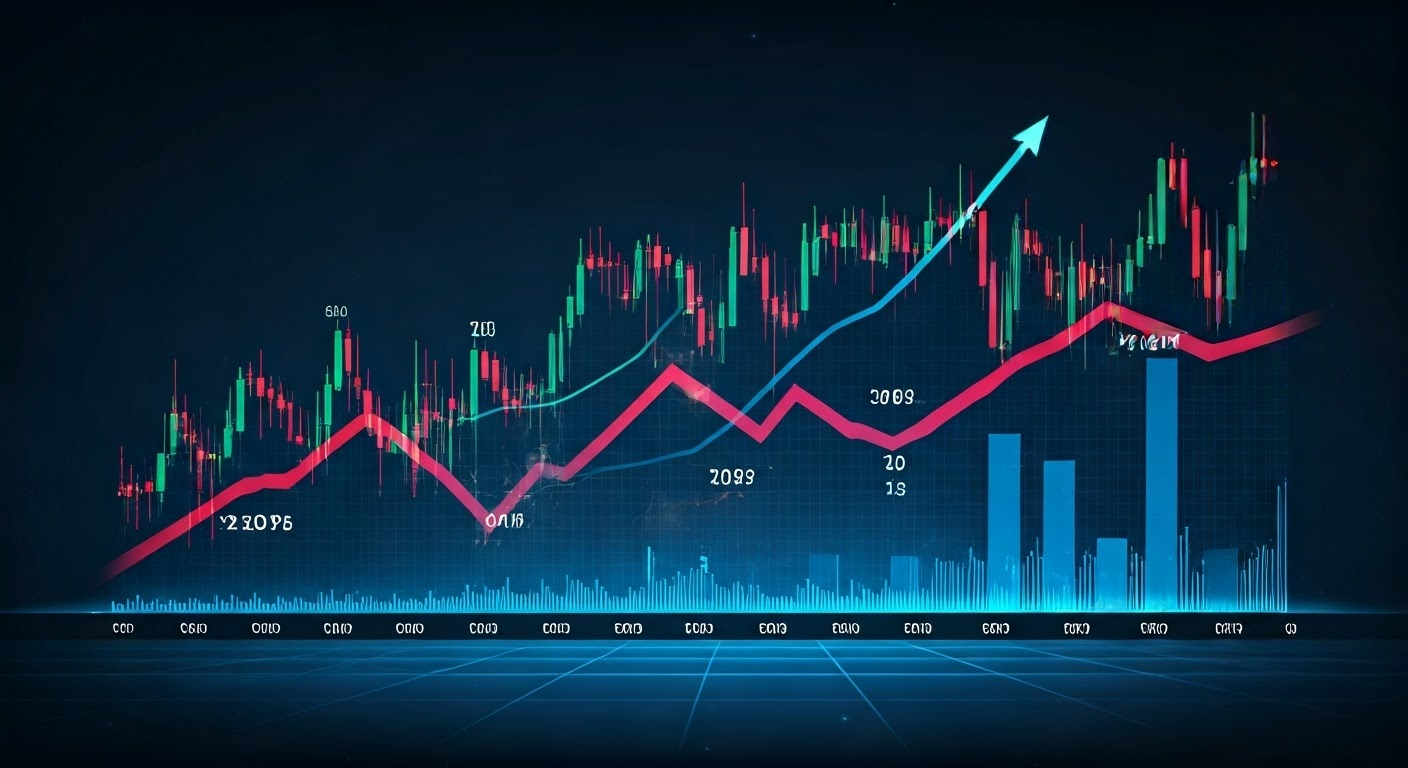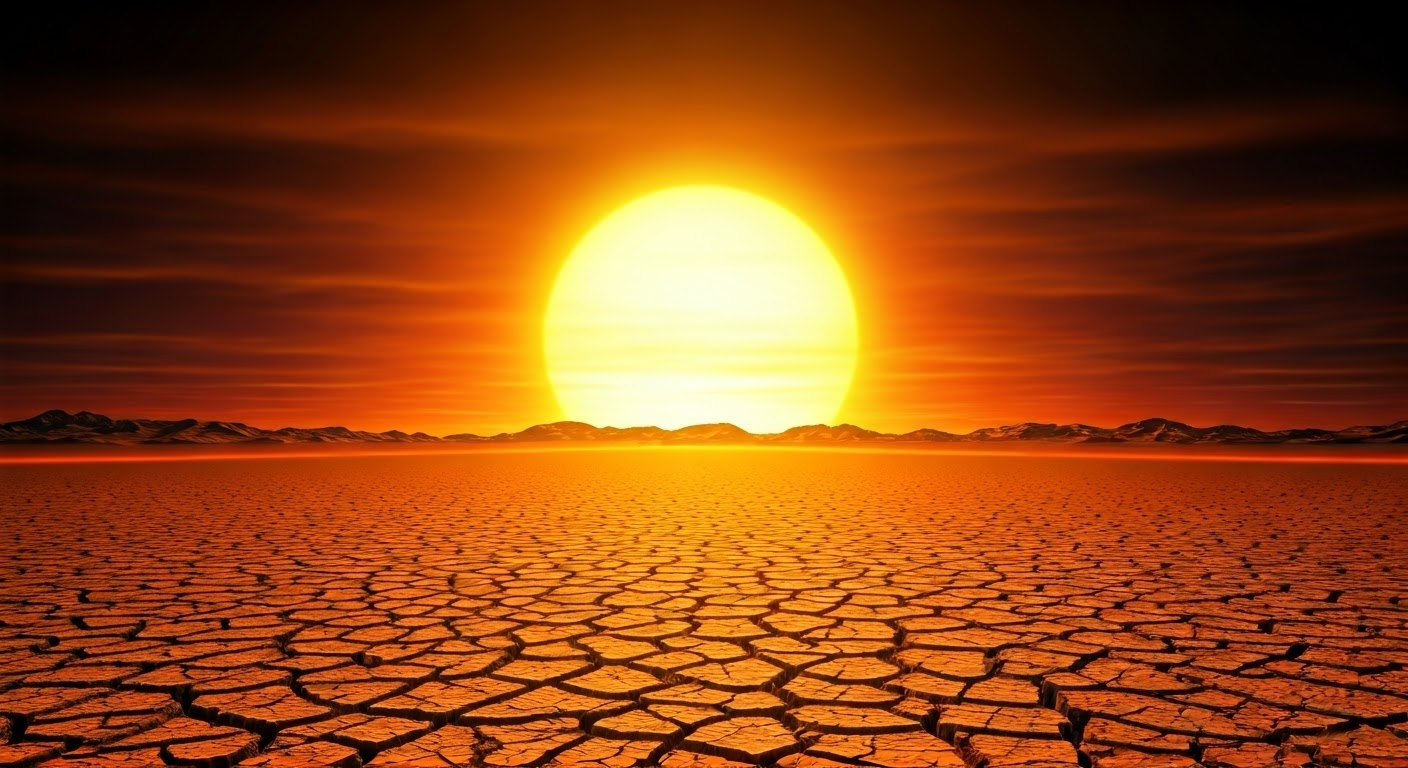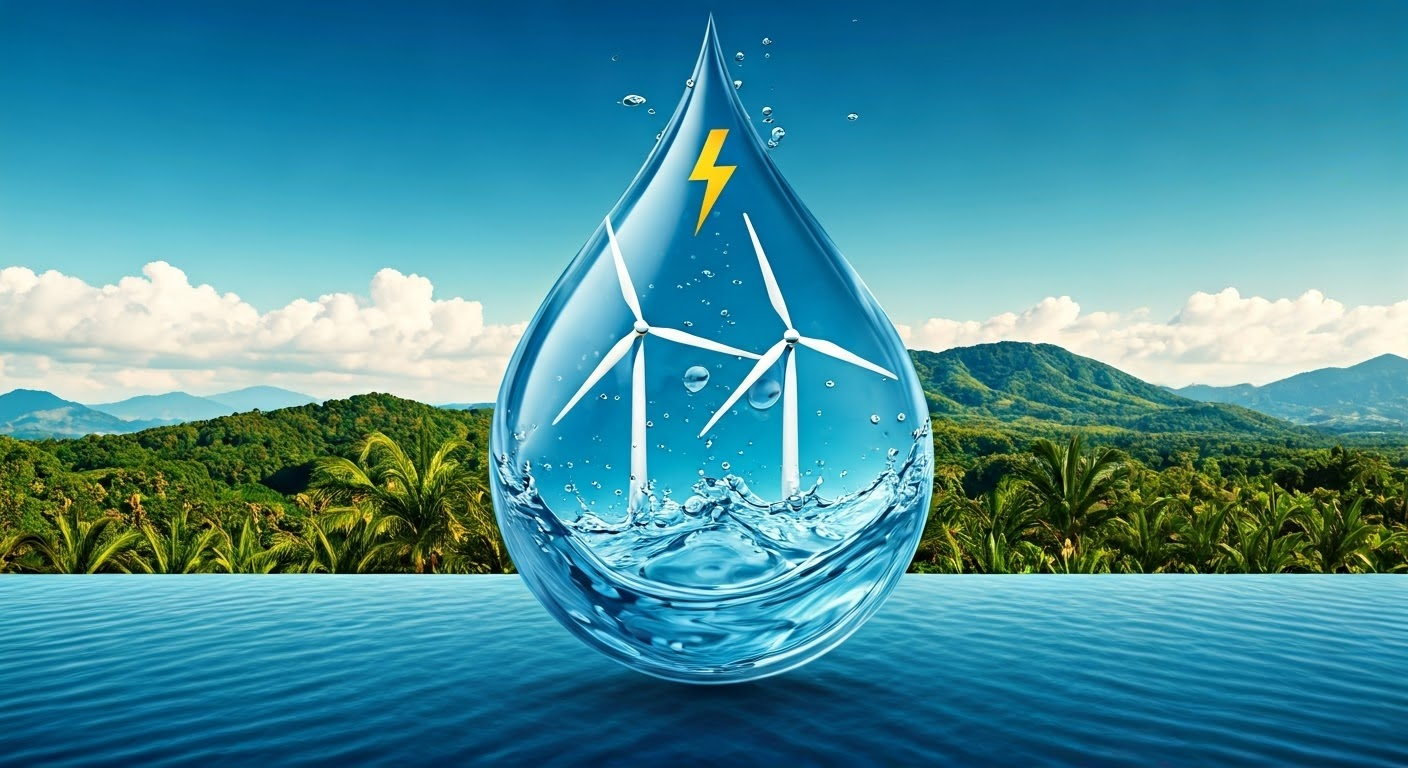Key Highlights
- U.S. natural gas prices have surged significantly, reaching a two-year high due to various factors influencing supply and demand.
- Cold weather forecasts for January have boosted demand expectations, potentially leading to increased consumption for heating.
- Geopolitical tensions, particularly surrounding the Russia-EU gas agreement, have impacted global natural gas markets.
- Technological advances in natural gas extraction, along with a potential increase in LNG export permits, are expected to influence prices in the coming year.
- Forecasts predict a potential rise in U.S. gas prices driven by these factors, while global LNG prices may weaken.
- Traders and investors are closely monitoring weather patterns, inventory levels, and geopolitical developments for clues about future price movements.
Introduction
Natural gas prices went up a lot in early trading. This change in the market is due to different factors. The Energy Information Administration (EIA) has said that natural gas prices are close to the highest levels in two years. Since late October and into December, prices have risen more than 60%. This increase is caused by various things that influence both the supply and demand for energy.
The Fundamentals of Natural Gas Supply and Demand

The price of natural gas is like any other traded product. It relies on a balance of supply and demand. When there is more supply than demand, prices usually drop because there is plenty available. On the other hand, if demand is higher than the supply, prices rise.
Many things can disrupt this balance, causing price changes. Supply issues may come from production slowdowns, problems with pipelines that affect transport, or global events that limit supply. Demand changes often occur with seasons. For example, colder months can lead to increased heating needs. Economic growth can also cause higher use in industries.
Exploring the Impact of Seasonal Demand on Prices
Seasonal changes are very important in shaping natural gas prices. Weather models help us see how temperatures might change. They greatly affect energy use, especially for heating measured in cubic feet. When it gets colder, the demand for natural gas usually goes up. This happens as people turn up their heaters, which can push prices up.
On the other hand, when the weather is warm, the demand goes down because people don’t need as much heating. This change in demand by season is important for traders and analysts watching the natural gas market. It is necessary to have good weather models and to interpret them quickly to predict these demand shifts.
Now that we are heading into colder months, it’s important to understand these seasonal changes to see why natural gas prices are going up.
Production Rates vs. Consumption Patterns in the US
The United States is a top producer and user of natural gas. In 2023, it saw a 1% increase in natural gas consumption, reaching 89.4 billion cubic feet per day. This trend continued during the first nine months of 2024.
The main reason for this rise is a big 6.7% jump in demand from the electric power sector. This sector is the largest user of natural gas in the U.S. As it grows, it will likely have a big effect on total gas consumption in the country.
Even though the U.S. creates a lot of natural gas, it still imports quite a bit to meet local needs. This mix of using both home-grown and imported natural gas, including NGL, makes the market vulnerable to changes in global supply and demand.
Key Factors Influencing the 2025 Price Surge

The rise in natural gas prices is more than just a usual change in supply and demand. Several important reasons are making 2025 a key year for the natural gas market. These reasons come from global events and tech progress that are influencing the industry.
One big factor is rising geopolitical tensions that affect global energy. At the same time, advancements in how we extract natural gas are fueling the increase in prices. This situation is creating changes that significantly impact both producers and consumers.
Geopolitical Tensions and Their Role in Natural Gas Markets
Geopolitical events have greatly affected the global natural gas markets. They have created uncertainty and volatility in natural gas futures. The Russia-EU gas agreement will end in 2024, creating worries about energy supply. This deal is crucial for many of Russia’s gas exports to Europe, but Ukraine has decided not to renew it.
This situation has led to intense talks between Russia and different European countries. Each country wants to secure its energy supplies. The results of these talks will change the energy landscape in Europe and affect global LNG exports, especially from the United States.
European countries are looking for new sources of natural gas, including liquefied petroleum gas (LPG), to avoid issues with Russia. This could lead to a higher need for LNG imports. As the global supply chain adjusts, this increase in demand may push up the prices of U.S. natural gas even more.
Technological Advances in Natural Gas Extraction
Technological innovation has revolutionized natural gas extraction, leading to increased efficiency and output. However, these advances have also played a part in the recent price surge by affecting the economics of natural gas production. Here’s how:
Enhanced extraction techniques, particularly in areas such as hydraulic fracturing and horizontal drilling, have unlocked vast reserves of previously inaccessible natural gas within a reservoir. This influx of new supply initially helped moderate prices. However, the long-term impact of these technologies on price stability is more nuanced.
| Technology | Impact on Extraction |
| Hydraulic Fracturing | Improves the efficiency of separating natural gas from other hydrocarbons, produced water, and water vapor, making production more cost-effective. |
| Horizontal Drilling | Enables access to previously unreachable reserves, expanding potential supply |
| Advanced Separators | Improves the efficiency of separating natural gas from other hydrocarbons, produced water, and water vapor, making production more cost-effective. |
The increasing adoption of these technologies has driven down the marginal cost of natural gas production, making extraction more economically feasible even in challenging environments. This has, in turn, spurred further investment and exploration, contributing to the current complex interplay of supply and demand dynamics in the natural gas market.
Conclusion
The rise in natural gas prices in 2025 is caused by a mix of different factors. These include changes in demand due to the seasons and concerns over global politics. New methods for extracting natural gas also impact price trends. It’s important for businesses and everyday people to understand these changes in the energy market. Being aware of the main factors that affect natural gas prices can help you make smart choices in this changing market. If you want to learn more about how natural gas pricing works, check out our FAQ section for more information.
Frequently Asked Questions
What Are the Main Drivers Behind the 2025 Spike in Natural Gas Prices?
The big increase in natural gas prices in 2025 comes from a few reasons. First, there is a higher need for heating because of cold weather. Second, there are limits on LNG supply linked to geopolitical events. Also, this all happens when supply and demand are already tight.
How Do Seasonal Variations Affect Natural Gas Prices?
Seasonal demand is greatly affected by weather. When weather models show a cold front coming in early January, the need for heating goes up. Last week, this rise in demand caused natural gas prices to increase during winter.


